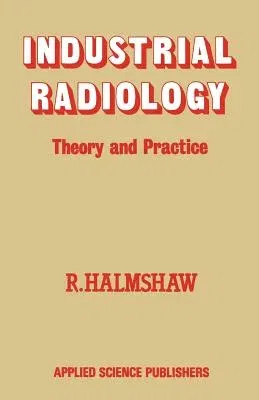R Halmshaw
(Author)Industrial Radiology: Theory and Practice (Softcover Reprint of the Original 1st 1982)Paperback - Softcover Reprint of the Original 1st 1982, 8 October 2011

Qty
1
Turbo
Ships in 2 - 3 days
In Stock
Free Delivery
Cash on Delivery
15 Days
Free Returns
Secure Checkout
Print Length
330 pages
Language
English
Publisher
Springer
Date Published
8 Oct 2011
ISBN-10
940097342X
ISBN-13
9789400973428
Description
Product Details
Author:
Book Edition:
Softcover Reprint of the Original 1st 1982
Book Format:
Paperback
Country of Origin:
NL
Date Published:
8 October 2011
Dimensions:
21.59 x
13.97 x
1.83 cm
ISBN-10:
940097342X
ISBN-13:
9789400973428
Language:
English
Location:
Dordrecht
Pages:
330
Publisher:
Weight:
399.16 gm

